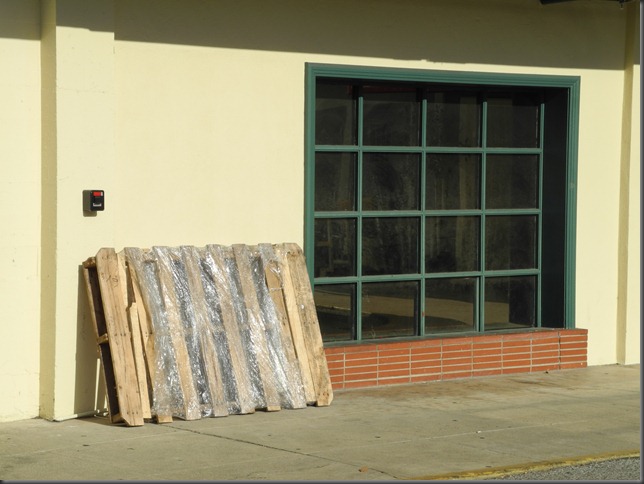- Photo Safaris
- Alaska Bears & Puffins World's best Alaskan Coastal Brown Bear photo experience. Small group size, idyllic location, deluxe lodging, and Puffins!
- Participant Guestbook & Testimonials Candid Feedback from our participants over the years from our photo safaris, tours and workshops. We don't think there is any better way to evaluate a possible trip or workshop than to find out what others thought.
- Custom Photo Tours, Safaris and Personal Instruction Over the years we've found that many of our clients & friends want to participate in one of our trips but the dates we've scheduled just don't work for them or they'd like a customized trip for their family or friends.
- Myanmar (Burma) Photo Tour Myanmar (Burma) Photo Tour December 2017 -- with Angkor Wat option
- Reviews Go hands-on
- Camera Reviews Hands-on with our favorite cameras
- Lens reviews Lenses tested
- Photo Accessories Reviews Reviews of useful Photo and Camera Accessories of interest to our readers
- Useful Tools & Gadgets Handy tools and gadgets we've found useful or essential in our work and want to share with you.
- What's In My Camera Bag The gear David Cardinal shoots with in the field and recommends, including bags and tools, and why
- Articles About photography
- Getting Started Some photography basics
- Travel photography lesson 1: Learning your camera Top skills you should learn before heading off on a trip
- Choosing a Colorspace Picking the right colorspace is essential for a proper workflow. We walk you through your options.
- Understanding Dynamic Range Understanding Dynamic Range
- Landscape Photography Tips from Yosemite Landscape Photography, It's All About Contrast
- Introduction to Shooting Raw Introduction to Raw Files and Raw Conversion by Dave Ryan
- Using Curves by Mike Russell Using Curves
- Copyright Registration Made Easy Copyright Registration Made Easy
- Guide to Image Resizing A Photographers' Guide to Image Resizing
- CCD Cleaning by Moose Peterson CCD Cleaning by Moose Peterson
- Profiling Your Printer Profiling Your Printer
- White Balance by Moose Peterson White Balance -- Are You RGB Savvy by Moose Peterson
- Photo Tips and Techniques Quick tips and pro tricks and techniques to rapidly improve your photography
- News Photo industry and related news and reviews from around the Internet, including from dpreview and CNET
- Getting Started Some photography basics
- Resources On the web
- My Camera Bag--What I Shoot With and Why The photo gear, travel equipment, clothing, bags and accessories that I shoot with and use and why.
- Datacolor Experts Blog Color gurus, including our own David Cardinal
- Amazon Affiliate Purchases made through this link help support our site and cost you absolutely nothing. Give it a try!
- Forums User to user
- Think Tank Photo Bags Intelligently designed photo bags that I love & rely on!
- Rent Lenses & Cameras Borrowlenses does a great job of providing timely services at a great price.
- Travel Insurance With the high cost of trips and possibility of medical issues abroad trip insurance is a must for peace of mind for overseas trips in particular.
- Moose Peterson's Site There isn't much that Moose doesn't know about nature and wildlife photography. You can't learn from anyone better.
- Journeys Unforgettable Africa Journeys Unforgettable -- Awesome African safari organizers. Let them know we sent you!
- Agoda International discounted hotel booking through Agoda
- Cardinal Photo Products on Zazzle A fun selection of great gift products made from a few of our favorite images.
- David Tobie's Gallery Innovative & creative art from the guy who knows more about color than nearly anyone else
- Galleries Our favorite images
Nikon Coolpix P7100–Taking Nikon’s new flagship point and shoot for a spin
Nikon Coolpix P7100–Taking Nikon’s new flagship point and shoot for a spin
Submitted by David Cardinal on Wed, 11/23/2011 - 10:37
 After playing second fiddle to Canon’s now legendary “G-series” of top of the line point and shooters, Nikon aimed to level the playing field with last year’s introduction of the Nikon P7000. Featuring a full range of SLR-like controls, an “all-in-one” zoom lens, and relatively large pixels for a P&S, the P7000 made converts out of many. But it still had some glaring issues in video capability and raw shooting speed in particular. So I was excited to take the new Nikon P7100 out in the field to see how it compared…
After playing second fiddle to Canon’s now legendary “G-series” of top of the line point and shooters, Nikon aimed to level the playing field with last year’s introduction of the Nikon P7000. Featuring a full range of SLR-like controls, an “all-in-one” zoom lens, and relatively large pixels for a P&S, the P7000 made converts out of many. But it still had some glaring issues in video capability and raw shooting speed in particular. So I was excited to take the new Nikon P7100 out in the field to see how it compared…
Size, Shape and Handling
After having shot with the Lumix LX5, the Olympus E-P3, and the Nikon 1 – all similarly sized cameras – I found the P7100 a bit of an ugly duckling. It is large for what it does -- too large to fit in most shirt and trouser pockets – and definitely larger than the LX5. It also has a bit of a clunky shape. It just didn’t feel as smooth or easy to handle as the LX5, the E-P3, or the Nikon 1. It’s new moveable LCD also makes it deeper than its predecessor, the P7000. The LCD doesn’t fully articulate like the one on the G12 or many other cameras in this price range – so you can’t flip it around to protect it or to see yourself in a video – it only pulls out and “leans” up or down.
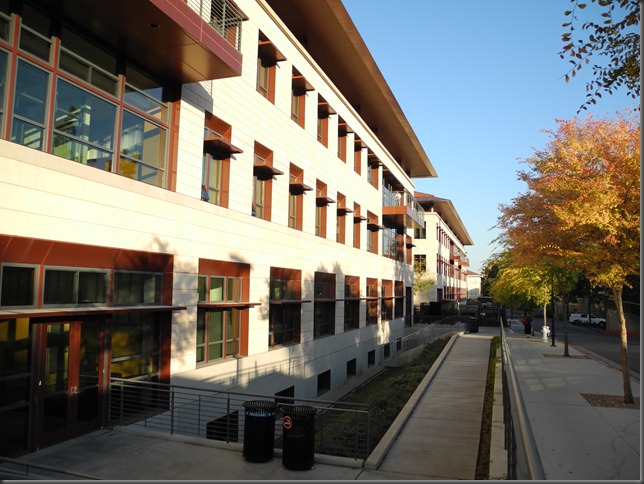
The P7100 does an excellent job of keeping details in shadowed areas.
Image is unretouched JPEG. Click on it for full-resolution version.
That said, the controls themselves offer a wealth of possibilities. There are dials and buttons – including custom function buttons – nearly everywhere. Clearly, for anyone willing to work through the manual and learn the interface, the camera can be set up to be effective for their workflow – and essentially mimic the speed of handling normally associated with a DSLR. That’s a nice change from so many point and shoots which just plain make it hard to get to many functions. The downside, of course, is that you need to remember which dial does what, so it’s a camera you’ll want to make sure you use or at least re-learn when you need to use it.
The P7100 does have an optical viewfinder, which zooms as you zoom the lens. That’s a welcome throwback in an era where more and more cameras eschew any type of viewfinder or have the compromise of an electronic viewfinder. However, it only offers 80% coverage, and has no shooting information displayed, so it isn’t very useful as a professional shooting aid.
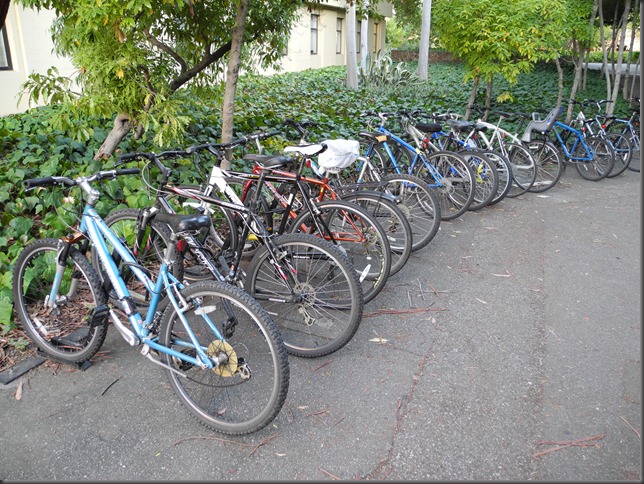
This image of a bicycle rack shows off the P7100 image detail
and good lighting from edge to edge
It’s great having the Exposure Compensation on a dedicated wheel, and additional front and back wheels for shutter speed and aperture. There is also a wheel that controls the function of the back dial, so you can use it for ISO, White Balance, Image Quality, Bracketing, or your custom settings. You’ll likely find yourself using it to switch between Raw and JPEG if you need to do some action photography.
The built-in 7x zoom (28-200mm equivalent) provides a great range and is relatively fast for such a long zoom, ranging from f/2.8 to f/5.6 wide open. It also features an integrated lens protector – a nice change from many point and shoots which require a removable lens cap.
Image Quality
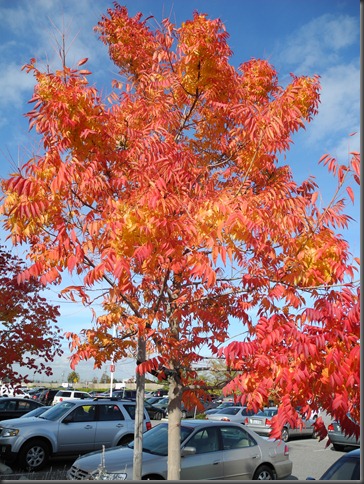
This snapshot of fall color shows how well the P7100 can capture
even saturated reds and oranges – two tricky colors.
Image links to the full resolution original.
The P7100 features the same sensor as in the P7000, so there are no surprises here. Raw images are the same, while JPEGs benefit from improved noise reduction in the P7100. The image quality is excellent for a point and shoot, and at least on a par with the Canon G12 – as you’d expect – although if its strictly image quality at a competitive price you’re after, the Panasonic Lumix LX5 is a better value.
Below are several versions of a street scene. First the JPEG (the inline image is straight from the camera except resized for the blog, but it links to the full JPEG from the camera), then a zoomed in area of the Raw file (captured at the same time as the JPEG with Raw+JPEG recording), and finally the same area zoomed in on the camera JPEG. You can see there is visible noise when you zoom in on the Raw file (even at 100 ISO), but it disappears once the image is processed.
Image on the left is the Raw file without post-processing, while the one on the right shows the reduced noise of the in-camera JPEG. Images were shot at 100 ISO.
Performance
The P7100 is definitely faster than the P7000. Its AF is a little more accurate and the controls and menus respond more quickly. However, it is still very slow when writing Raw files. This is really unfortunate, as presumably a major reason to purchase a flagship point and shoot instead of a less expensive model is to be able to record Raw images. After all, the same people who crave full manual control want full creative control of their images.
Video recording on the Nikon P7100
Like the earlier P7000, the P7100 still only has 720p video capability. While considered state of the art a few years ago, this resolution is no longer competitive when most of the other cameras in its price range (and many that are much cheaper) provide higher-resolution 1080p recording. For serious videographers there are many better choices available.
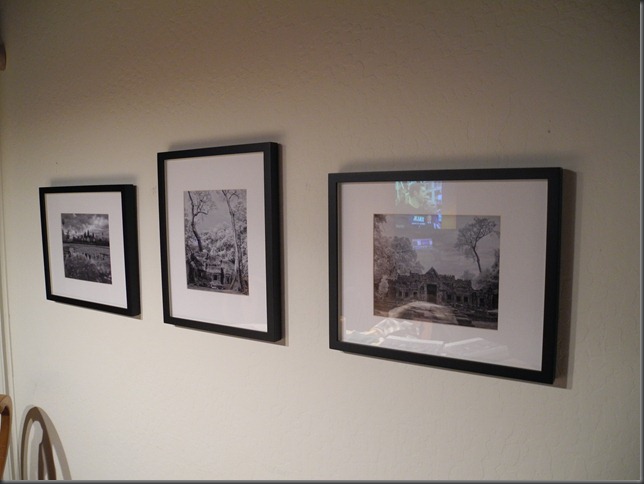
Indoors, even without flash, the P7100 does a nice job with minimal distortion.
This image was shot at 1/6s, and even at that low speed the VR is holding it quite stable.
Should you buy a Nikon P7100?
If you want a Nikon point and shoot, and are willing to have one that puts a bulge in your pocket, the Nikon P7100 is a great choice – especially given its nice large zoom range and excellent image quality. Otherwise, the Nikon 1 may provide more overall flexibility for a bit more money, or a smaller point and shoot may be more convenient. As far as direct competitors to the Nikon P7100…
What about the Canon Powershot G12 And the Lumix LX5?
I haven’t gotten to spend much time with a Canon G12 yet, but from my limited experience with them and having looked at plenty of images, it continues to be a worthy competitor to both the P7100 and the LX5. If you don’t need the slightly larger sensor (and better image quality) of the Panasonic Lumix LX5, or the extended zoom range of the P7100, then the slightly smaller size of the G12 (compared to the P7100) and the Canon ergonomics (especially for those who already shoot Canon) make the G12 an ongoing winner. Our “editor’s choice” for this category is still the Panasonic Lumix LX5, though, due to its superior image quality.
- Log in to post comments

